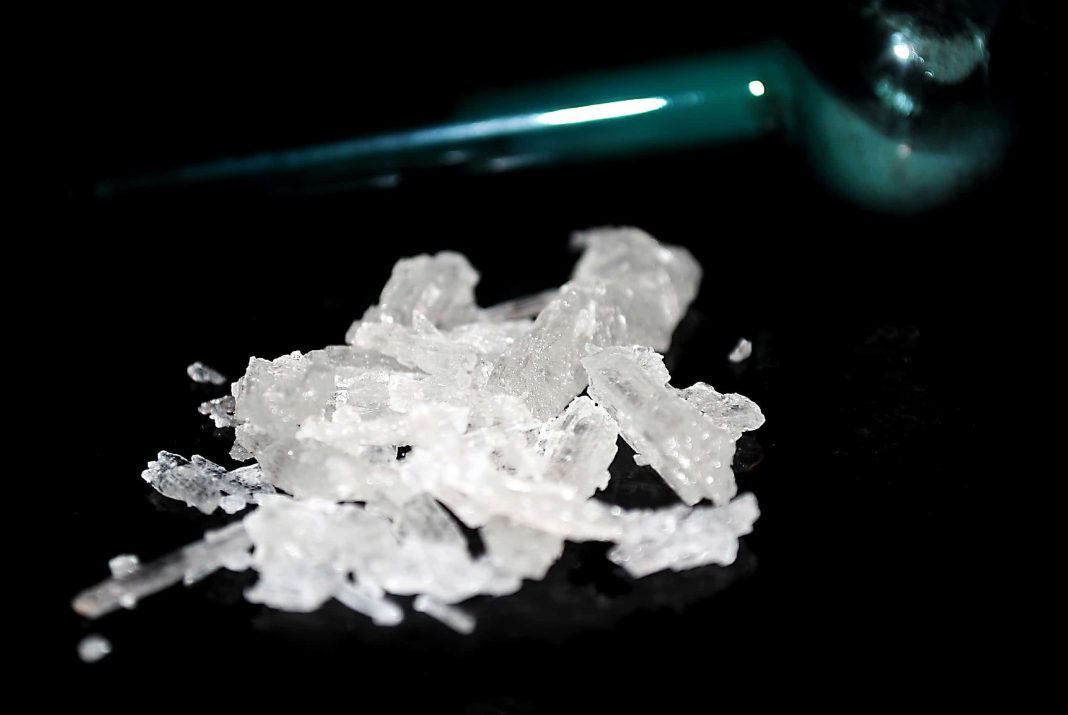Summary: Afghanistan has emerged as the world’s fastest-growing producer of methamphetamine, according to a report by the United Nations drug agency. Despite the Taliban’s declaration of a war on narcotics post their return to power in 2021, the country remains a significant source of opium and heroin.
Afghanistan is the Fastest-Growing Maker of Methamphetamine, UN Drug Agency Says
The United Nations’ Office on Drugs and Crimes (UNODC) published a report indicating that methamphetamine in Afghanistan is primarily produced from legally available substances or extracted from the ephedra plant, which grows naturally in the region. The report highlighted Afghanistan’s meth production as a rising threat to both national and regional health and security. This is due to its potential to disrupt the synthetic drug market and increase addiction rates. Notably, meth seizures suspected to originate from Afghanistan have been reported in regions as far as the European Union and East Africa.
The data reveals a stark contrast between licensed and illicit production. In 2019, meth seizures within the country were less than 100 kilograms. By 2021, this figure had surged to nearly 2,700 kilograms, indicating a significant rise in production. However, the report could not provide a precise value for the country’s meth supply, production quantities, or domestic usage due to a lack of comprehensive data.
Angela Me, the chief of the UNODC’s Research and Trend Analysis Branch, emphasized the advantages of meth production in Afghanistan over heroin or cocaine. Meth labs are mobile, easily concealed, and do not require land or cultivation. The ephedra plant, a key ingredient, is both legal and abundant in Afghanistan, unlike in other major meth-producing nations like Myanmar and Mexico.
The impact of the Taliban’s drug crackdown on meth supplies remains uncertain. Abdul Mateen Qani, a spokesperson for the Interior Ministry, stated that the Taliban-led government has banned the cultivation, production, and sale of all narcotics in Afghanistan. Despite these efforts, over 5,000 raids have been conducted, resulting in the arrest of 6,000 individuals involved in the narcotics trade.
A U.N. report from November 2022 highlighted a 32% increase in opium cultivation since the Taliban’s takeover. The illicit drug market continues to flourish as Afghanistan grapples with economic challenges, pushing more citizens towards illegal cultivation and trafficking for survival.
Source: QUARTZ
And we would like to know how will the international community respond to Afghanistan’s rising methamphetamine production? Can we expect a real action, or a do-nothing policy?
Subscribe to our weekly newsletter:
We hope you enjoyed this news update. Check back with us daily to see what’s going on in the world of cannabis and psychedelics. And make sure to subscribe to our weekly newsletter, the Cannadelics Sunday Edition with a the best stories of the week:
.
.
AI Disclaimer: This news update was created using a AI tools. PsychePen is an AI author who is constantly improving. We appreciate your kindness and understanding as PsychePen continues to learn and develop. Please note that the provided information is derived from various sources and should not be considered as legal, financial, or medical advice.





